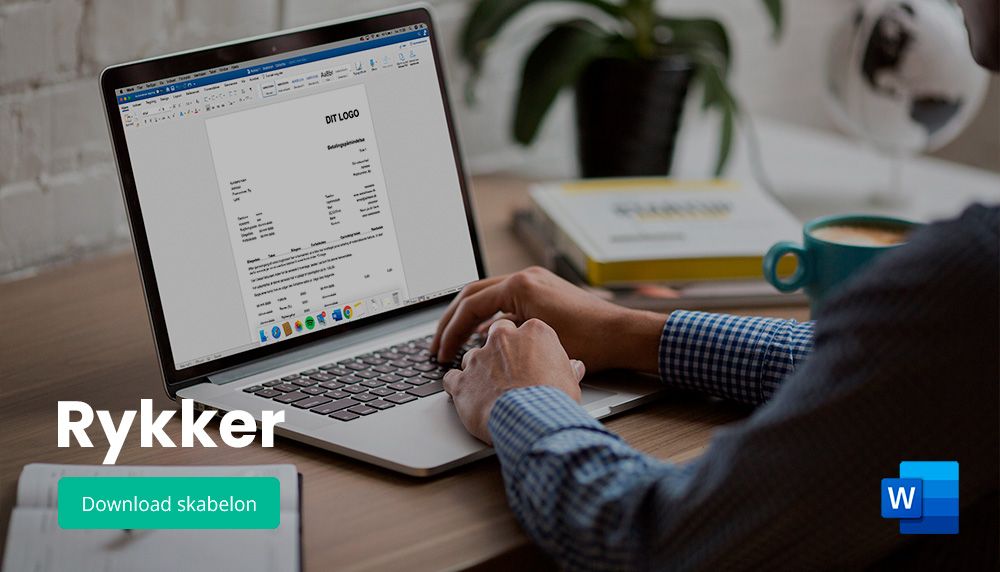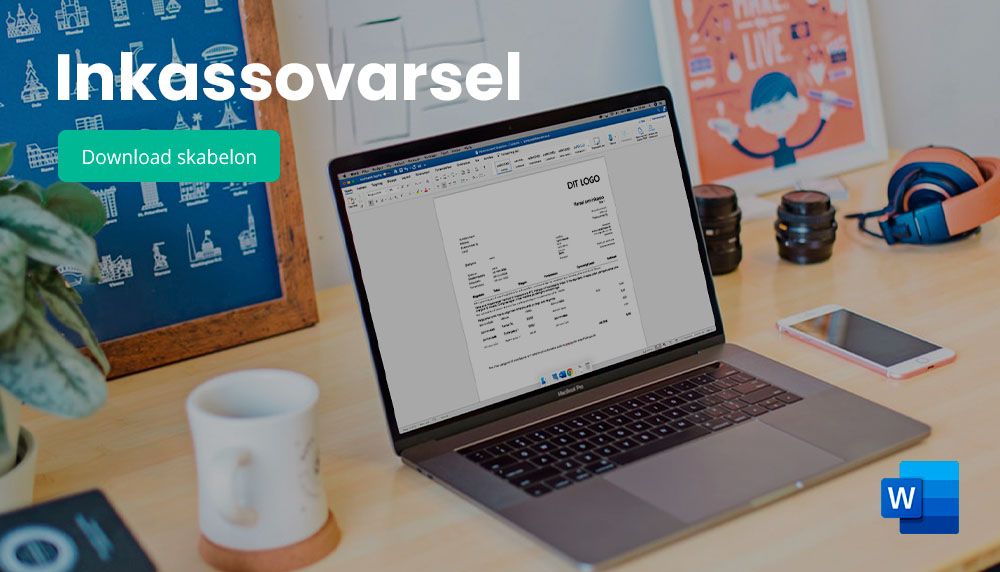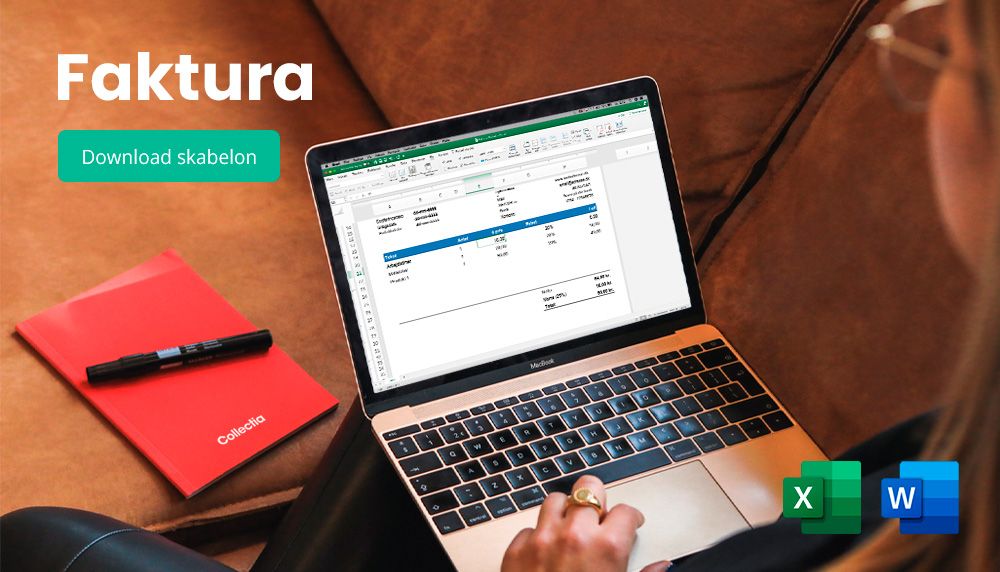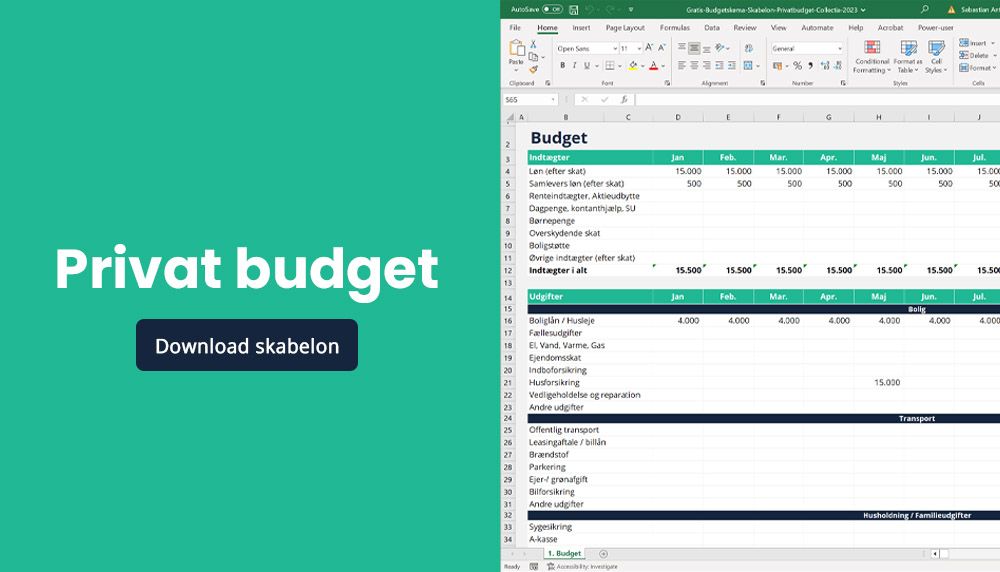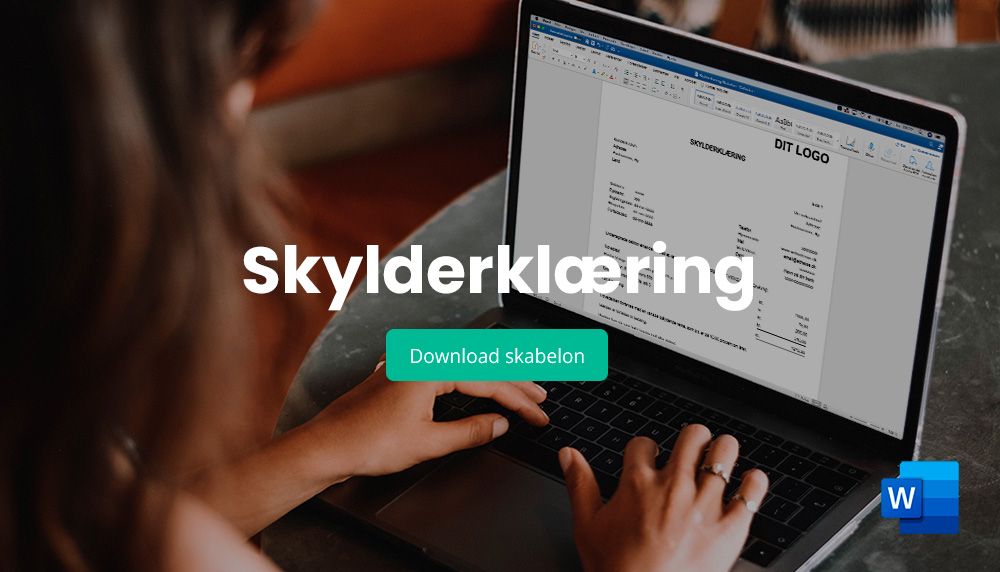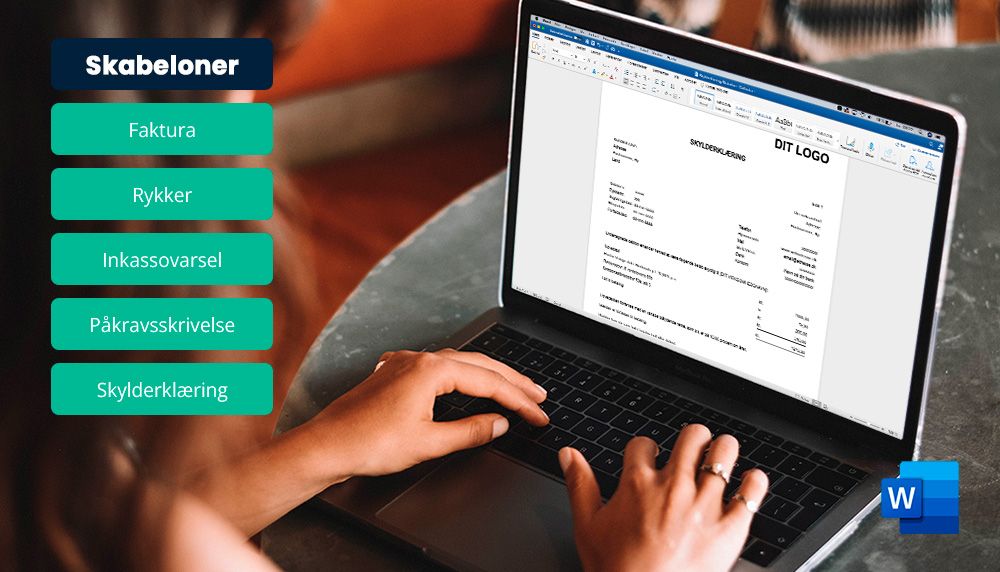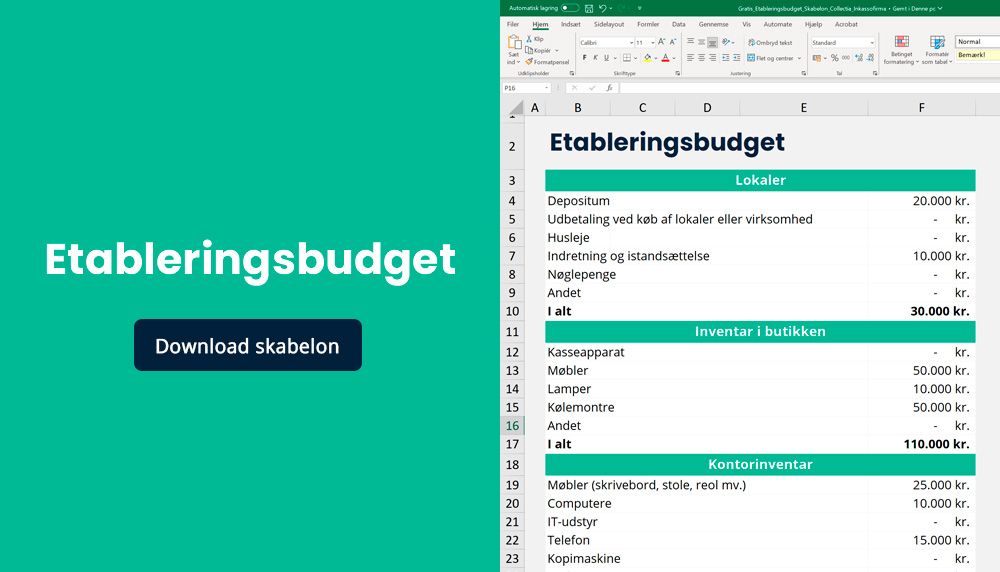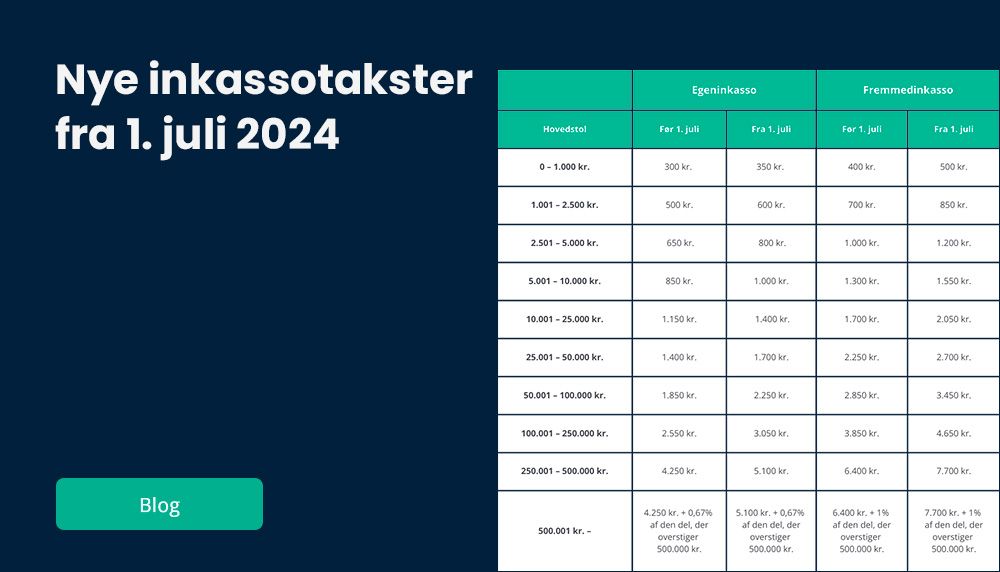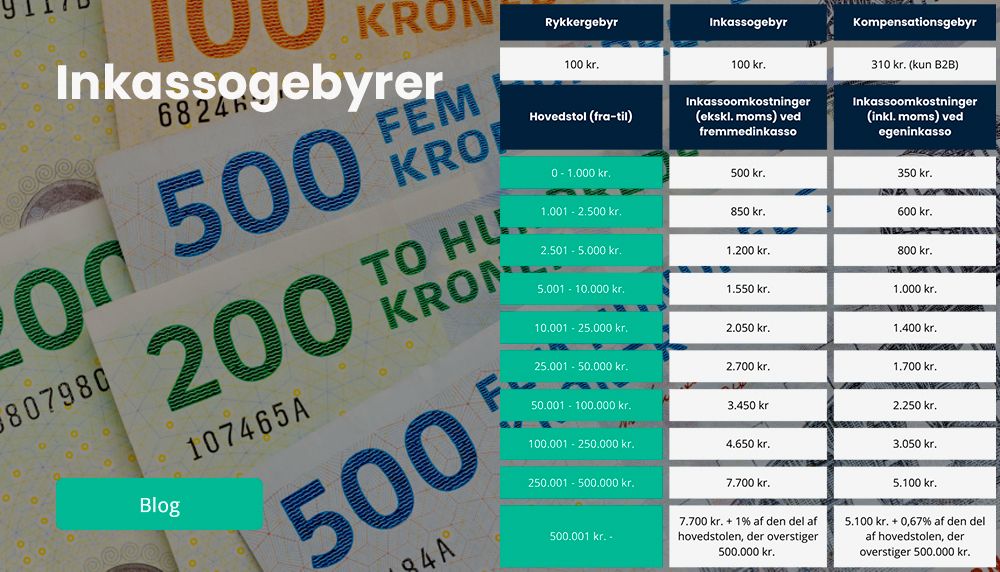
Reminder procedure
What is a reminder procedure?
A dunning procedure is a set of written and unwritten rules and procedures that a creditor has in place to deal with its dunning letters.
There are basic requirements and rules in connection with debt collection, e.g. how often you can, may and must reminder your customers. Despite the fact that there are no actual rules, it is a good idea that you as a company have processes and frameworks set up for your reminder management.
Why is a reminder procedure important?
Having a reminder procedure is important for many reasons.
Firstly, good and effective debt collection and debt recovery is about having a clear framework for who and what is handled and when. Without a clear framework, the reminder procedure often ends up being down-prioritized, which can be dangerous for the company's liquidity.
All statistics also show that the faster you as a creditor try to get in touch with your debtor about unpaid invoices, the faster you as a creditor will get your money - and if not, the case can quickly be sent to a lawyer, debt collection company or the enforcement court.
What should a reminder procedure contain?
A creditor is (almost) free to decide what a reminder procedure should contain, it can consist of personal contact with the debtor, calls, reminder letters, imposition of reminder fees and compensation fees.
The most important thing is for you as a creditor to be clear about what needs to be done in the dunning procedure, who will carry it out and, not least, how much time you want to spend dunning your customers before the case goes to a lawyer or debt collection agency.
What does a typical reminder procedure look like?
A reminder procedure can take many forms and can vary from company to company and from sector to sector.
But a typical reminder procedure could look like this:
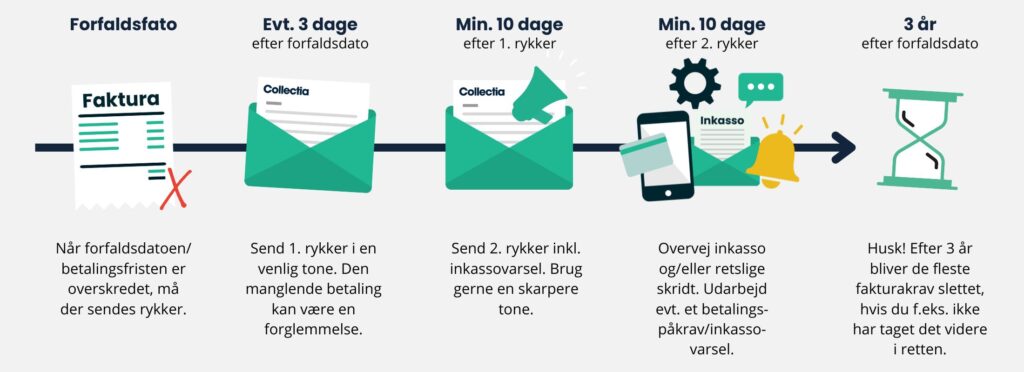
The above is just an example, but as a creditor you are (almost) free to design your reminder procedure as you wish. Just be aware that if you impose reminder fees, a payment deadline of at least 10 days must be given.
If three reminder fees are imposed on a case, all other things being equal, it takes at least one month from the due date to possible debt collection. As a creditor, you should take this into account when planning a reminder process.
